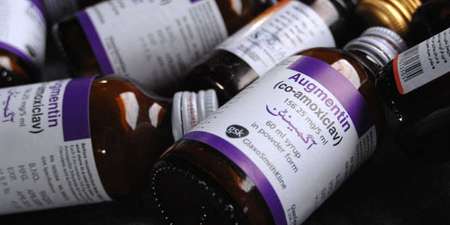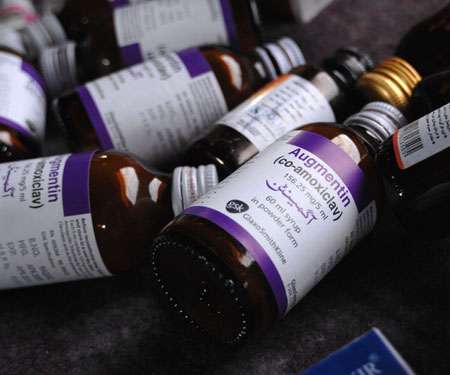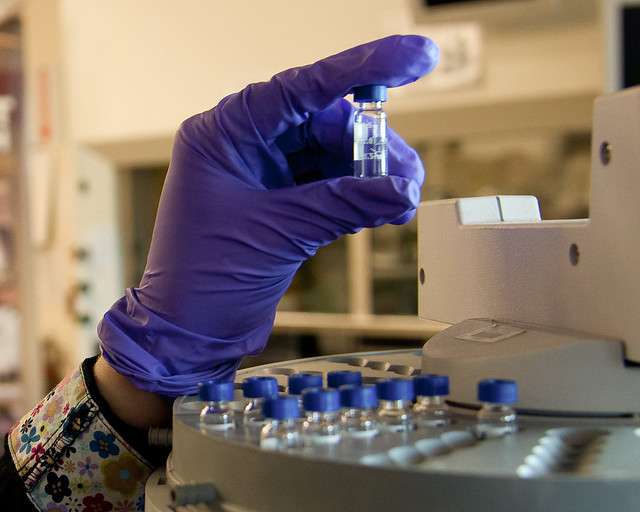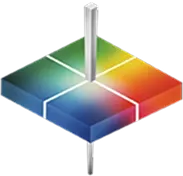
Many Americans today rely on generic prescription drugs as an economical and affordable alternative to name brand pharmaceuticals. With stringent testing protocols and the utilization of color analysis for verification, substituting generic brands for those big names identified in advertisements is both a safe and effective alternate choice.

Generic medications make up a major portion of today’s pharmaceutical market and must adhere to the same strict guidelines and testing procedures as their name-brand counterparts. Image Source: Flickr user ResoluteSupportMedia
Color analysis covers a wide range of evaluative procedures and provides data that can be stored and repeated for quality and consistency. The preparation and reconstitution of many complex drugs requires a highly controlled environment, experienced staff, and the right analytical instrumentation. Spectrophotometers use color analysis to simplify a number of important elements required when preparing medications:
- drug stability
- API (active pharmaceutical ingredient) quantification
- purity analysis
- contamination evaluation
- drug comparison
The Generic Drug Market Is Booming
Why the sudden increase of interest in generic prescriptions drugs? Many of the major name brand prescription drugs that have swept the pharmaceutical market over the past several decades are facing patent expiration within the next several years. Experts predict that by 2016, we will see a major shift toward generic drug alternatives as the majority of major name brand pharmaceutical patents expire.1 As the market shifts to generic brands, consumers want to know that these alternatives are as safe and effective as their name-brand equivalents, and the Food and Drug Administration (FDA) is working hard to ensure that they do.
Even with the billions of dollars spent each year to promote name-brand drug products, the FDA reports that nearly 8 out of 10 Americans rely on generic prescription refills to meet their healthcare needs. That is why they require generic drugs to meet the same quality and performance standards as their name-brand counterparts.2 Rigorous specifications have been established to ensure that generic drugs match comparable name-brand choices with respect to identity, strength, purity, and potency. These regulations make it necessary for pharmaceutical companies to rely on color analysis as a safe, effective, and precise method of comparative evaluation.


